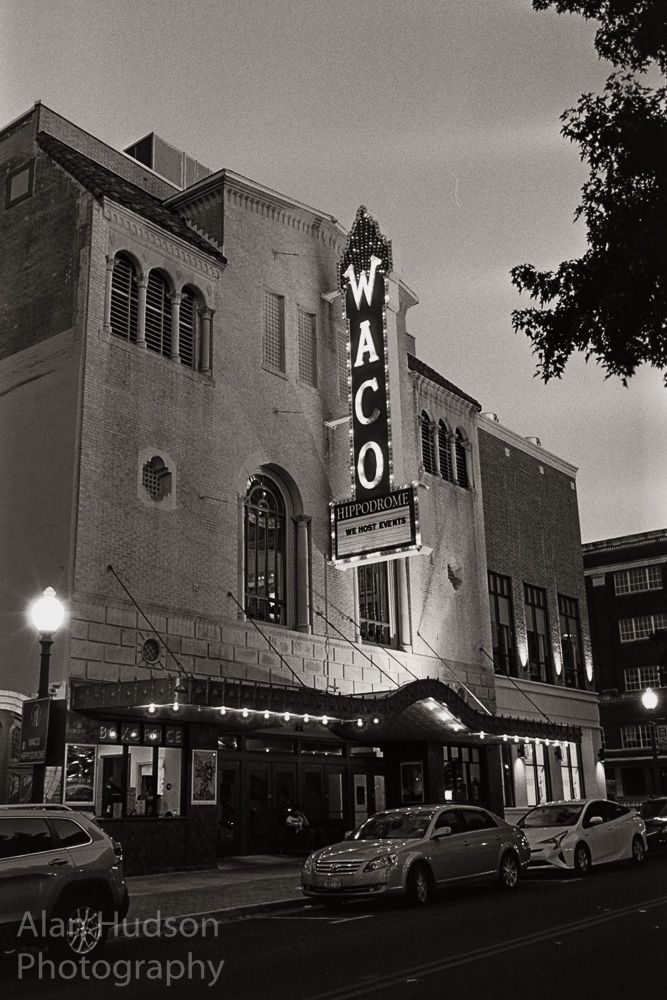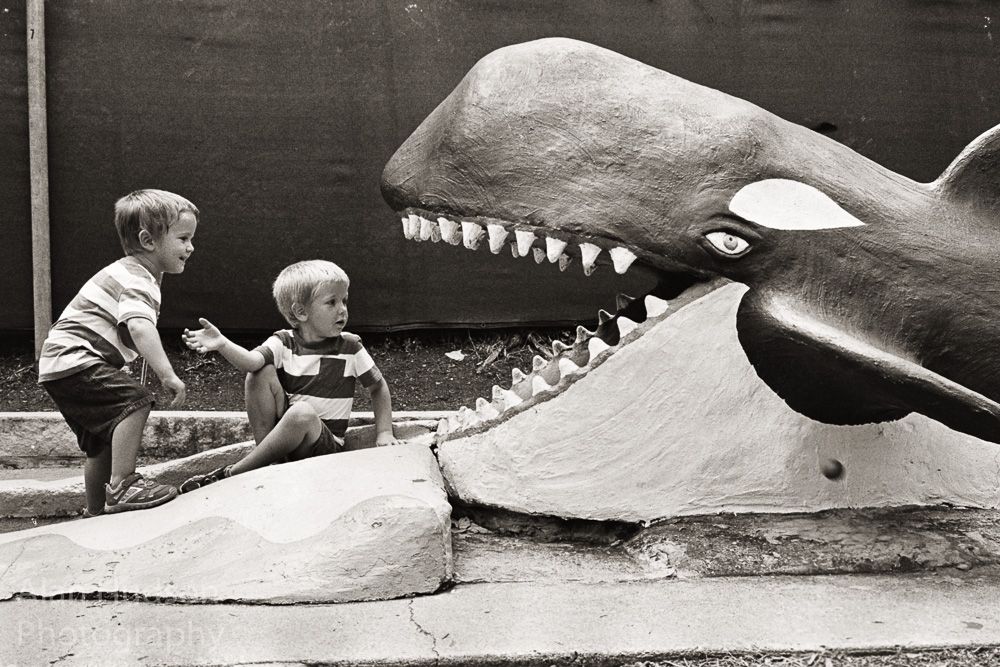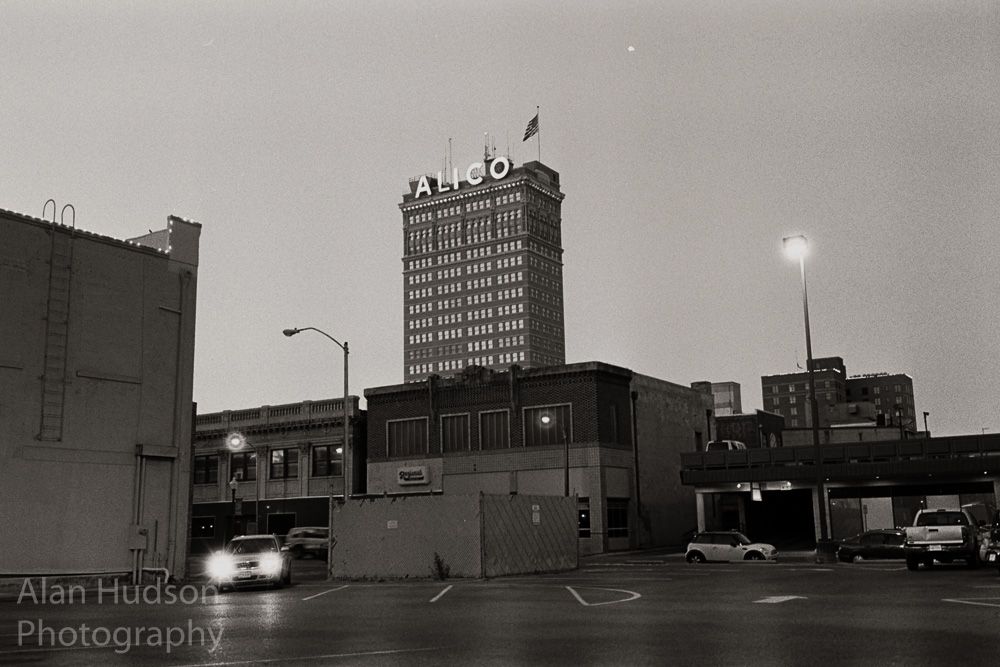Cal, what was the reasoning for the 7+4 times?
Also, what IS the difference between Diafine and Acufine?
G-B
7+4 are the times I adopted from DRabbit (from RFF) for Tri-X at 1000-1250. This is a true push with a noticable grain. I found the results to be comparable or even better than "Diafine-Times-Two" and easier to do without the dangers of killing my part "A." Results are kinda like CoCal's shot/example in this thread, except CoCal used HC-110 in a masterful way.
My 3+3 for Tri-X 800 ISO used with a 2X yellow filter is for HDR analog, almost no grain, and a broad tonal range. Effectively 400 ISO when you compensate for filter factor.
My 5 1/2+ 5 1/2 is for Acros at 100 ISO and no grain (no filters).
All developments are only two gentile inversions per minute.
Diafine is a two part compensating developer that gets reused. Understand that compensating developers compress contrast, and the way they work is very different from solvent developers.
Acufine is a one shot solvent developer that is a bit like Ilford Microphen in that it is high energy and manages grain size well. For great examples of Acufine and Tri-X look at Jim Marshall's work. Jim made a career out of this combination shooting all those iconic shots of the Rolling Stones on tour in the 70's, Allman Brothers "Filmore East"... If my memory is correct Jim shot Tri-X at 800 ISO and developed for 5 3/4 minutes using Acufine at 20 degrees C. As far as I know that is what he did for his whole career: one film; one developer. He really nailed it. I saw his vintage prints at a gallery in NYC's photo district. Kinda fine grained prints. Anyways you can tell I love his work. Jim shot a M4 and a 75 Lux a lot which was one of his magic combinations. Jim was like me: he protected the mids, but his images had contrast that popped.
Perhaps the only thing in common is the fine grain or control of grain size. Maybe also because the are good at a gentile push. In reality I don't need more than 800 ISO, and if I exceed 800 ISO IQ suffers. Know that I like to print big because big prints don't lie.
Anyways I think Jim Marshall can teach you a lot by just trying to pick one film and one developer and really learning how to master it into your own style. For instance you could do HC-110 as your developer, but use a lifetime to find out what it can really do.
I did this with Diafine and I really learned a lot and became a better photographer. With Diafine I really made it work for me, but the first thing I did is throw away the directions because the recommended film speeds seem way too aggressive. I learned the limits, and then I controlled them to come up with something fresh and new.
Cal
2015♥056 by ruggero ranzani, su Flickr







